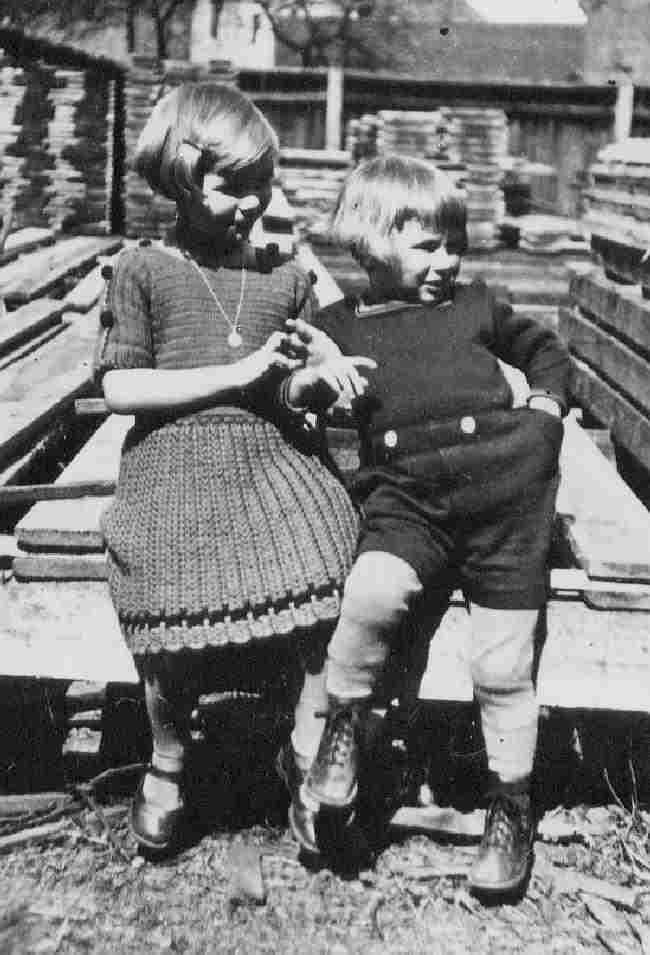
Figure 1.--These German children were photographed about 1927. Note the boy's button-on style clothes, one approach to trouser suspension. Image courtesy of the BP collection. |

|
Our information on trouser suspension in Germany is limited at this time. We have, however begun to collect some information. Our inforation on the 19th century is incomplete at this time. We notice several different appraches to supporting trousers. The popularity and conventions associated with these different types of support devices have varried over time. Many are similar to trends in other European countries. Suspender and H-bar pants seem especially popular in Germany. A factor her may have been the establish fashion of Lederhosen in southern Germany.
Our information on trouser suspension in Germany is limited at this time. We have, however begun to collect some information. Our inforation on the 19th century is incomplete at this time. We know much more about the 20th century. We are not sure when suspenders first appeared. German boys of all ages were wearing kneepants and long stockings in the late 19th century. They were very commonly held up with suspenders. Belts are more difficult to see in old photographs. We notice th belts are much more common after World war I, especially by the 1930s. We also note button-on styling in the 1920s, but are not precisely sure when it first appeared. Lederhosen with haltars were worn in the 19th century. Keepants were were rapidly repalaced with short pants and kneesocks in the 1910s. We do not notice suspender pants and H-bar pants until after World War I. These styles were widely worn by younger boys. Short pants were the most common. The suspender shorts appears to have been particularly popular in Germany. Perhaps the similarity with lederhosen halters were a factor here.
A variety of mechanisms were employed to hold up trousers. This was especially important for younger boys as they have no defined waists to help keep up their trousers. One approach was button-on styling was button-on styling. We see this with the boy here (figure 1). Another important suspension device was suspenders (braces). There were free standing suspenders as well as suspenders pants with the support straps done in the same material as the pants rather than elastic suspenders. Some suspenbder straps are donr with a cross bar which we call H-bar pants. This was an especially popular style in Germany, perhaps because of the similarity with Lederhosen. German boys used leather haltars with Lrderhosen, but some times these hakltars were used for other pants as well. There are also bib-front pants. We have noticed German bib-front pants done in a destinctive style.
The type of trouser suspension did not just vary chronologically, age was a major factor. Approaches like button-on styling, underwaists, and suspender pants were primarily for younger boys. Older boys wore suspenders or belts. The age range for these various approaches and others varied over time. Here we will address the popularity of the various approaches for boys of different ages.
Navigate the Boys' Historical Clothing German pages:
[Return to the Main German pants page]
[German choirs]
[German youth groups]
[Hitler Youth]
[German school uniforms]
[German royalty]
[German sailor suits]
[Lederhosen]
[Ethnic]
[Tights]
[Long stockings]
Navigate the Boys' Historical Clothing Web Site:
[Return to the Main trouser supension page]
[Introduction]
[Activities]
[Biographies]
[Chronology]
[Clothing styles]
[Countries]
[Girls]
[Bibliographies]
[Contributions]
[Essays]
[FAQs]
[Glossaries]
[Images]
[Links]
[Registration]
[Tools]
[Boys' Clothing Home]
